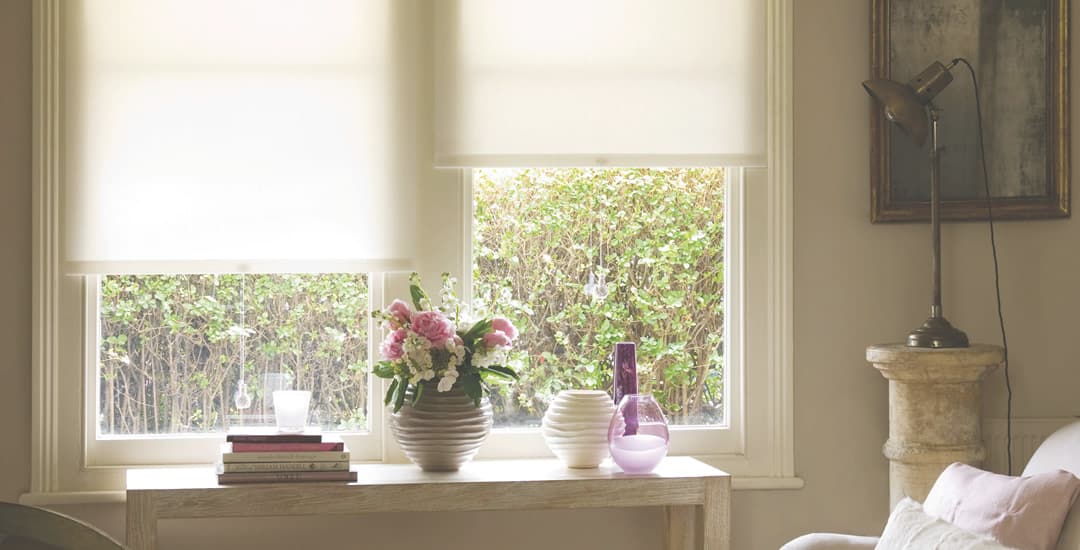
No, when it comes to most types of blinds. However, that’s a soft “no” rather than the sort of “no” you got from your first ever attempt at scoring a romantic date, because some blind fabrics, and some blind types, will allow a level of UV light to filter through them.
I presume you’re asking about whether or not blinds block UV light because you’re concerned about things like the fading of your furniture and artwork, or perhaps because you’re mad-keen to avoid getting a tan; albeit if you’re an actual vampire, this question might be somewhat more highly-loaded for you, which I’ve covered in great detail before.
Anyway, whether you have legitimate skin in the game as per the above, or are simply curious/want to pitch something to MythBusters, this blog post will tell you everything you need to know about using blinds to block UV light to greatest effect.
Can UV rays pass through blinds when they’re closed?
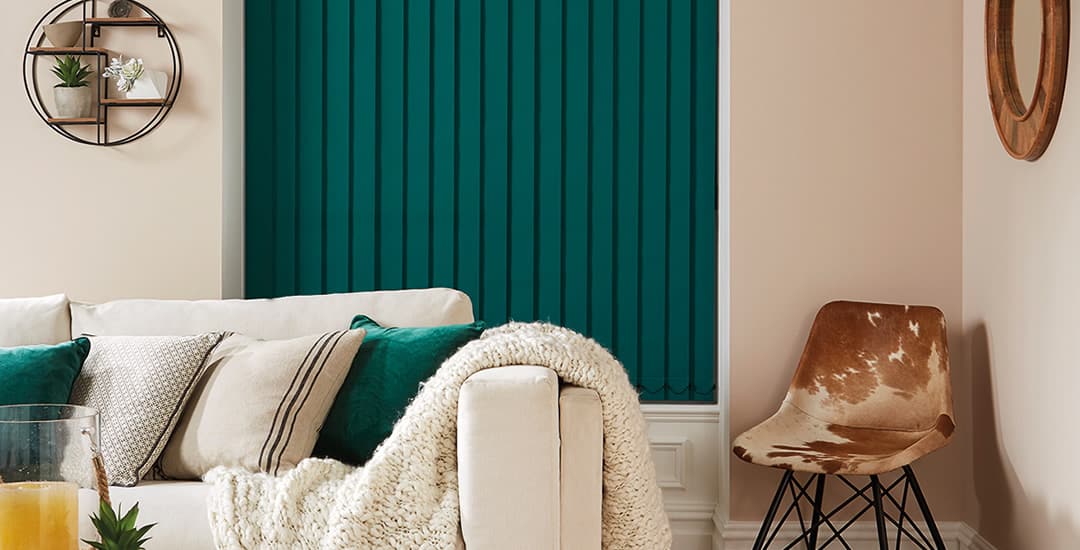
Not with most blinds. Most types of blinds can and do block UV light; though the extent to which they manage this can vary somewhat.
Functionally if, say, you’re trying to use your blinds to protect things inside of the room from fading due to UV exposure, any window blind aside from a sheer/voile blind (these are fairly uncommon and usually come in the form of roller blinds) or a day and night blind with the sheer stripes aligned will do the job.
However, some blinds are better at blocking UV than others…
How can UV rays pass through blinds of some types?
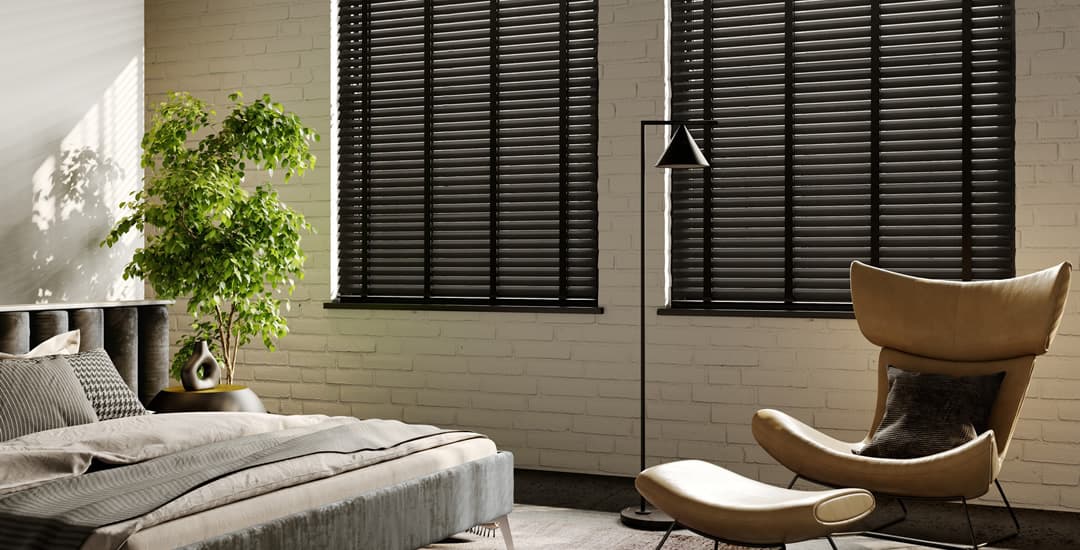
Because they’re either made of fabrics that allow a level of light to filter through the fabric itself, or because they’re a style of blind that can’t achieve a full blackout regardless of material, due to light leakage and/or (tiny) gaps.
Blinds that block UV entirely manage this because they’re made of thick or totally impermeable fabrics/materials, and are constructed in such a way as to avoid or negate any gaps in their construction that might themselves allow for light leakage.
For instance, blinds that have slats or louvres will allow a tiny amount of UV light to get through the small gaps between the slats/louvres, even when they’re closed flush. This is almost a negligible amount, however.
Holes/gaps for riser cords or connecting chains to pass through and so on will allow really tiny pinpricks of light and so, UV through too, although picking ladder tapes rather than lift cords on slatted blinds (where this option is available) can negate this particular issue.
Fabric blinds made of non-blackout fabrics will allow a level of UV light to pass through the material of the blind itself; the extent of this will vary depending on the thickness/density of the material.
The other potential issue you may face is that even if you have a blackout blind made of a solid piece of fabric that itself blocks all UV light, light leakage around the sides of the blind, depending on how it is hung, can allow UV to enter the room too.
How effectively can UV rays pass through blinds of different types?
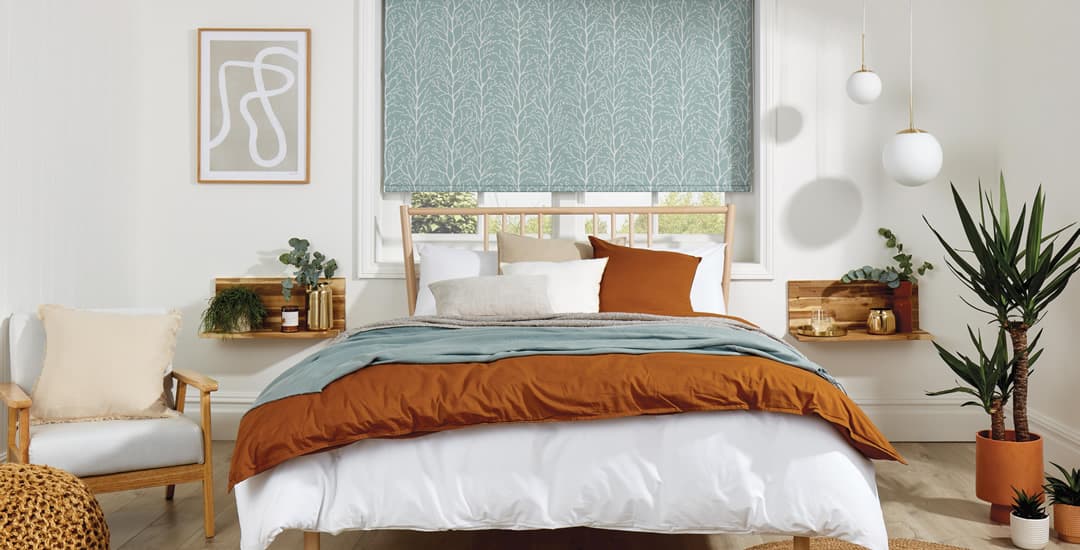
So, how effectively can UV rays pass through blinds based on their type, and what blinds block the most UV? In order from the best blinds to block UV rays to the worst, your runners and riders are:
- Blackout roller blinds are the best blinds to block UV rays.
- Roman blinds with an additional blackout lining come next.
- Blackout vertical blinds are third.
- Faux wood blinds are next; from now on, we’re looking at the type of blinds that will allow a level of diffuse light through, in this case through the joins between slats.
- Real wood blinds are a step down the list from their faux-wood counterparts, as the slats of some lower-quality real wood blinds can be less uniform which may allow for more unevenness at the joins.
- Aluminium venetian blinds also allow a small amount of UV light through the holes that their lift cords pass through; which can be negated in wood and faux-wood blinds by choosing ladder tapes.
- Roman blinds with a non-blackout lining will allow some diffuse UV light to pass through their fabric.
- Standard roller blinds made from a dimout fabric will allow some UV light through too.
- Standard vertical blinds in a dimout fabric will allow some light through, and they also have joins between the louvres.
- Day and night blinds have sheer stripes, which permit quite a lot of UV light through.
- Sheer or voile blinds really only take the edge off the light, and will allow UV to pass through them fairly freely.
How effectively do window blinds block UV rays?
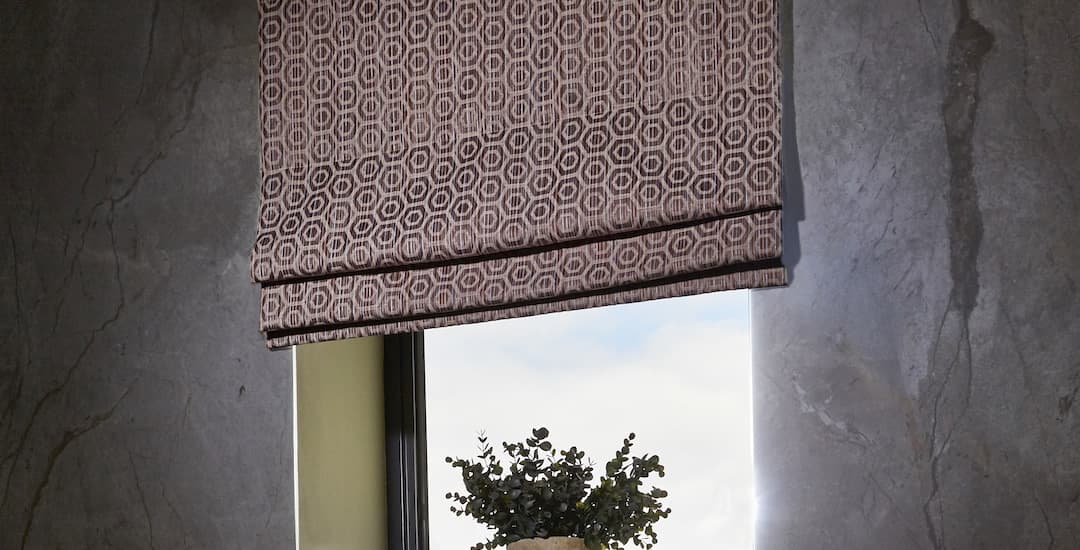
In theory or perhaps more to the point, the technically correct answer to this will fall along a sliding scale that matches my list above, with the blinds at the top of the list being the most effective blinds at blocking UV and those at the bottom, the worst.
However, in practice, unless you’re trying to protect something incredibly light sensitive (perhaps a photography lab? An albino hamster? Seriously, interested if you have a story here) and are just concerned about protecting things from fading over the course of many years due to UV exposure, you won’t notice a huge amount of difference (if any) until you get down into the realms of sheer/voile blinds, and day and night blinds.
If you are indeed looking for blinds that will block 100% of UV light and it is integral to the protection of something/someone that you manage this, you need to pick either a blackout roller blind, or a blackout Roman blind. You also need to ensure that they’re hung in such a way as to guarantee a total blackout. This might in fact necessitate using two separate blinds in some cases; and you can dive down that particular rabbit hole here.
Do blinds protect you from UV if you’re a vampire?
I’m assuming that most Northern hemisphere vampires (if not all vampires) respond to or rather, die from the same spectrum of UV as photograph film, and so if you can achieve a blackout good enough to develop film by means of picking the right blackout blinds and hanging them in the appropriate manner, you should be good.
As I mentioned in the intro, I did look into this topic (how to keep a vampire alive with blackout blinds) in great detail a couple of years ago, and you can go and learn of my findings (no vampires were harmed in the research stages of this blog post) here.




